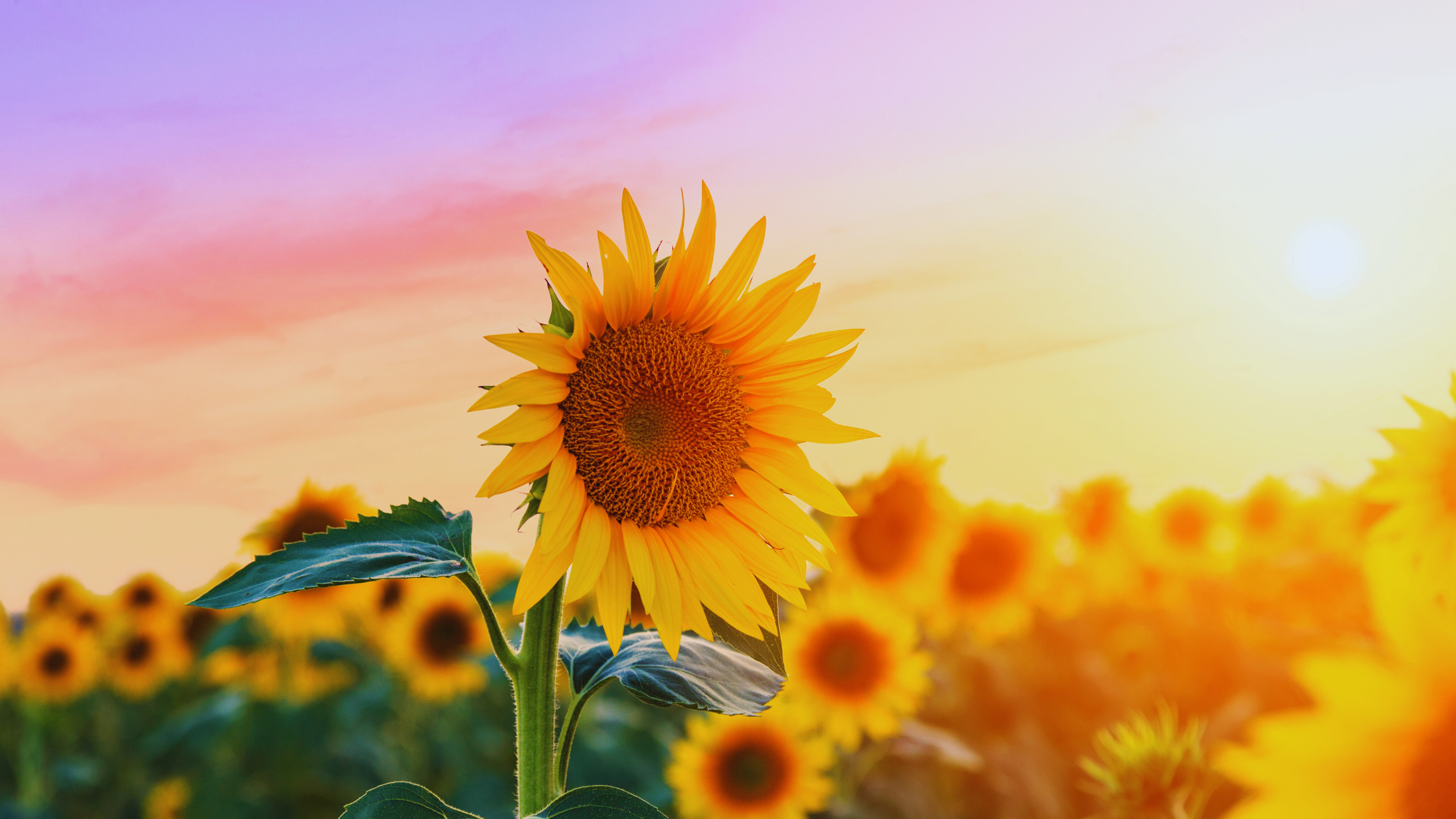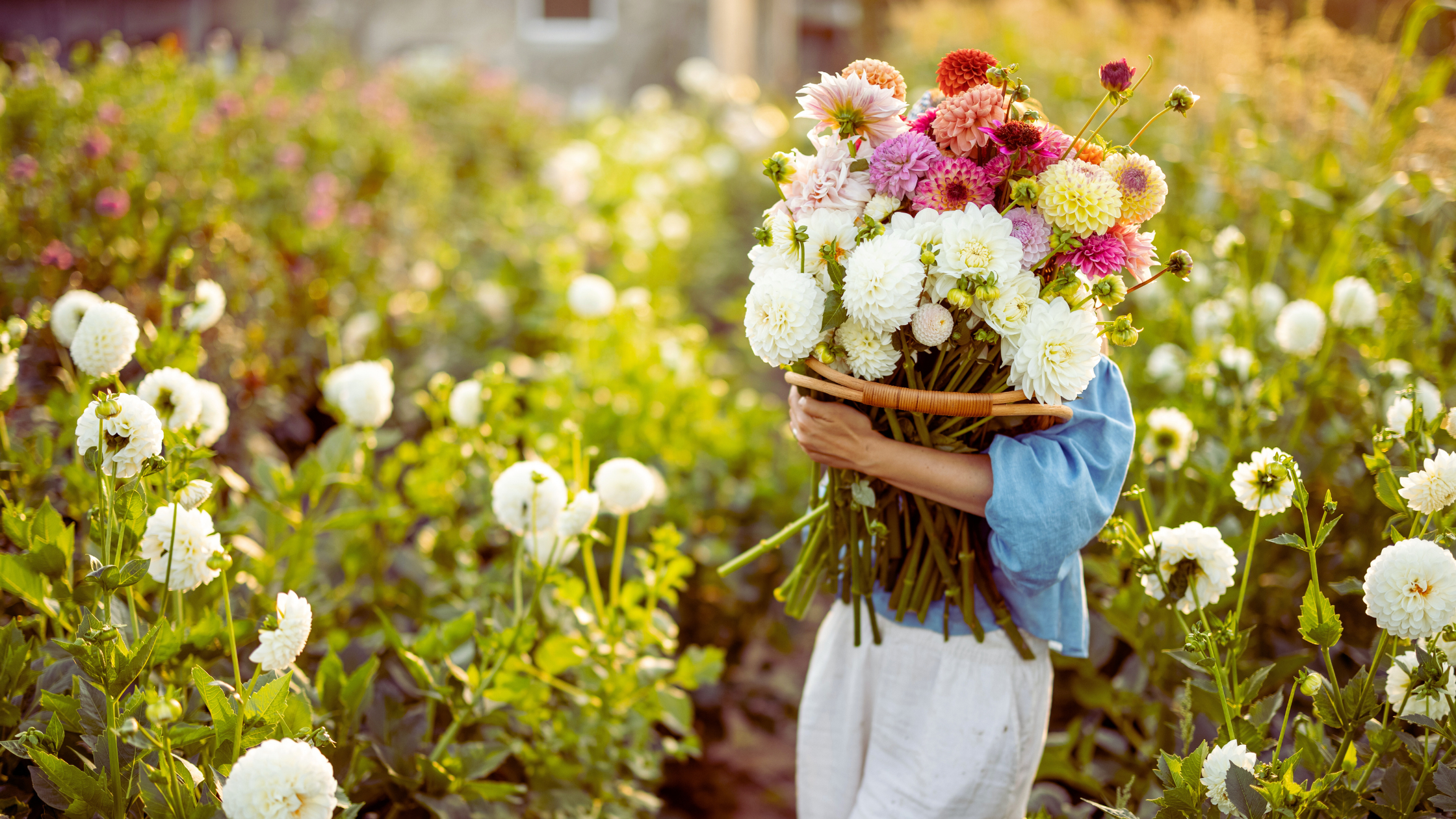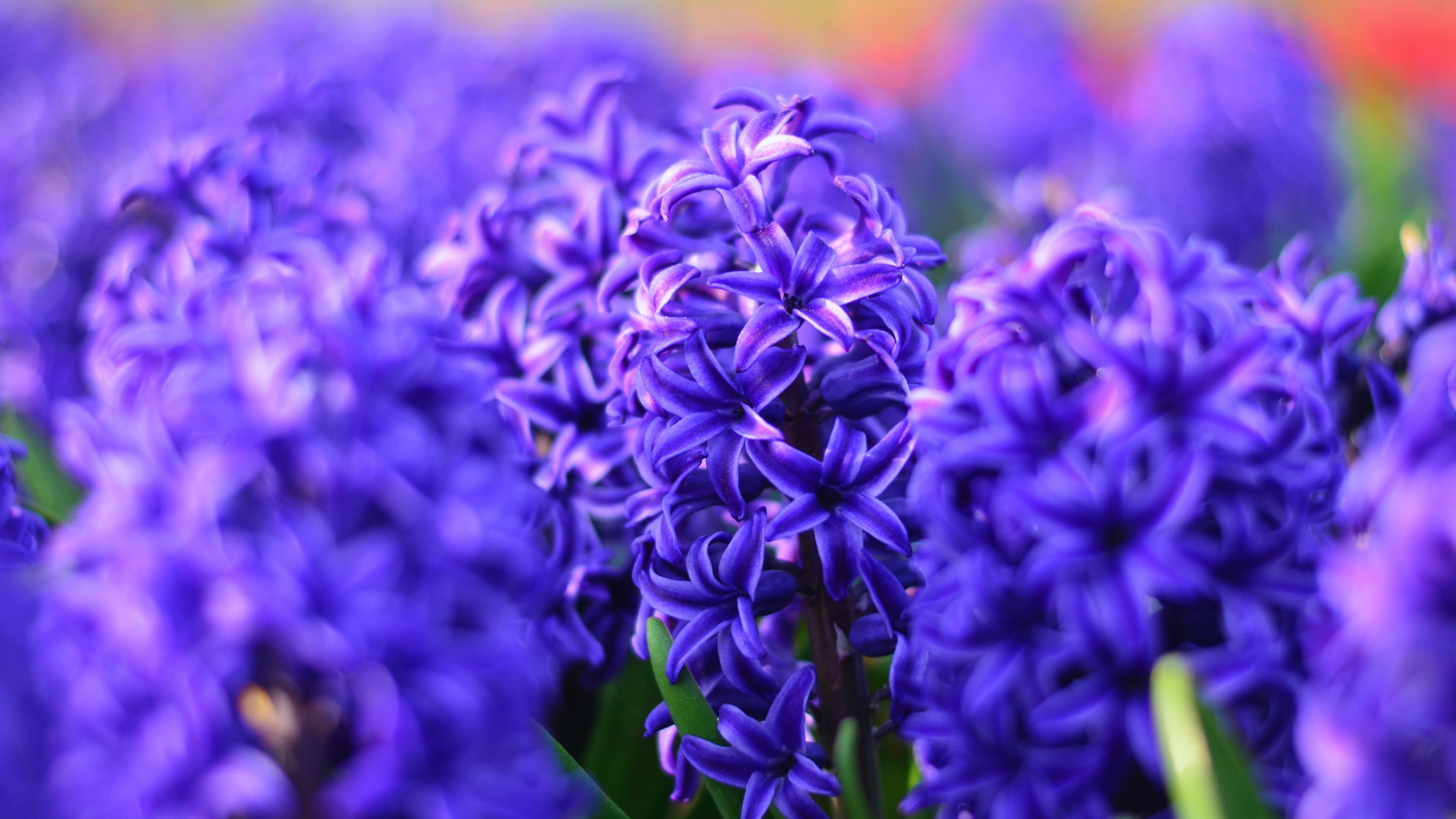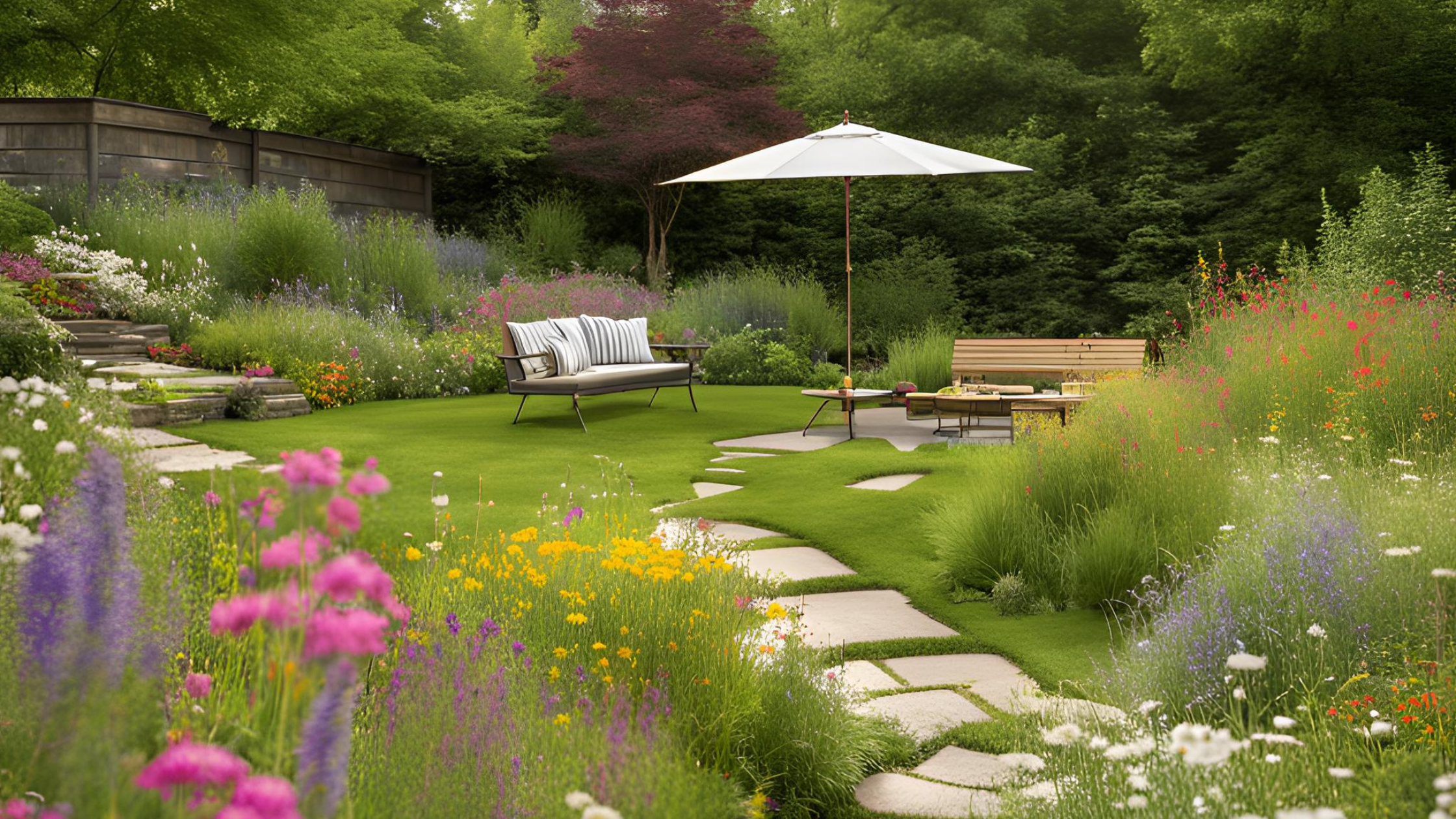Welcome to our June Gardening Checklist for the Mid-Atlantic region! As we transition from the mild days of spring to the warmer, more humid days of summer, your garden’s needs will change. June is a vibrant month in the garden, with an explosion of growth and color. It’s a critical time for maintenance and preparation to ensure your plants thrive throughout the hotter months ahead. Whether you’re tending to flowers, vegetables, or your lawn, this checklist will guide you through the essential tasks to keep your garden healthy and flourishing. Let’s dive in and get our hands dirty!
June Gardening Checklist:
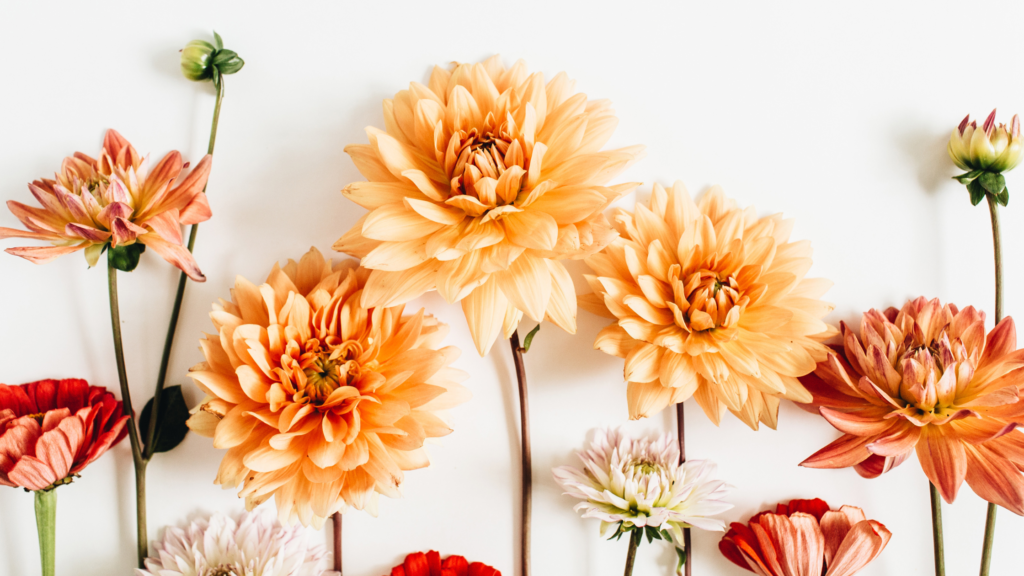
ANNUALS:
-Now is the time to plant any warm seed annuals that you grew from seed.
-Direct sow warm seed annuals, including Zinnias and Sunflowers.
-Get ready to step up your watering game. May showers are behind us and as the heat rises so do our plants growth rate. Regular watering is necessary.
-Fertilize all annuals ( in landscape and containers) every 2 weeks.
BULBS:
-Transplant any summer-flowering bulbs into the garden, that were potted up.
-Trim back any foliage from spring flowering bulbs
-Do not overwater or directly water spring-blooming bulbs as they tend to rot when sitting in water.
-Pull any remaining tulips.
-Pinch any dahlia growing tips to encourage branching , which will yield more flowers.
-Stake tall flowering bulbs before they flower and become too tall , this will prevent them from flopping, especially when it rains.
-Be vigilant about applying deer and rabbit repellent on bulb foliage.
-If you have Gladiolas plant one more row/clump for late summer flowers.
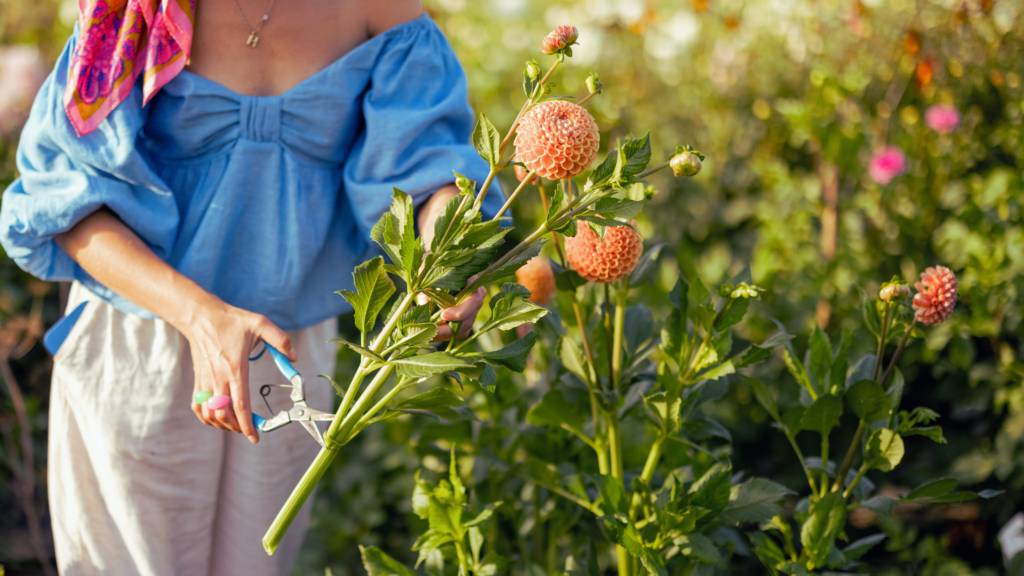
PERENNIALS + ORNAMENTAL GRASSES:
-Stake tall perennials that might flop, do this before they become too tall and before they flop.
-Sprinkle diatomaceous earth around perennials to prevent slugs and snails from getting to them.
-Divide/thin out and transplant early spring-blooming perennials. Water them well to help the plants reestablish their roots.
-Deadhead Shasta daisies, false indigo, daylilies, peonies and dianthus.
GROUNDCOVERS:
-Lightly sheer flowering ground covers after they have flowered as this will keep them tidy and encourage new growth.
-Water ground covers if there has not been any rain.
-Check for pests – if you notice anything head over to a garden center and ask for advice on treatment. The sooner you can stop the spread the better. Cut away spotted leaves and be sure to clean pruners in-between plants ( to avoid spreading it).
-Add compost to ground cover beds and mulch to control weeds.
-Take notice of any leaf discoloration due to pH levels in the soil. If leaves start turning yellow this is from chlorosis because the soil is alkaline (pH is over 6.5-7). It is best to do a soil test if you are unsure of your soils health.
SHRUBS:
-Plant any new shrubs. They still have time to grow healthy root systems before the heat of summer fully arrives.
-Water newly planted shrubs weekly, maybe more if no rain is forecast and heat is high.
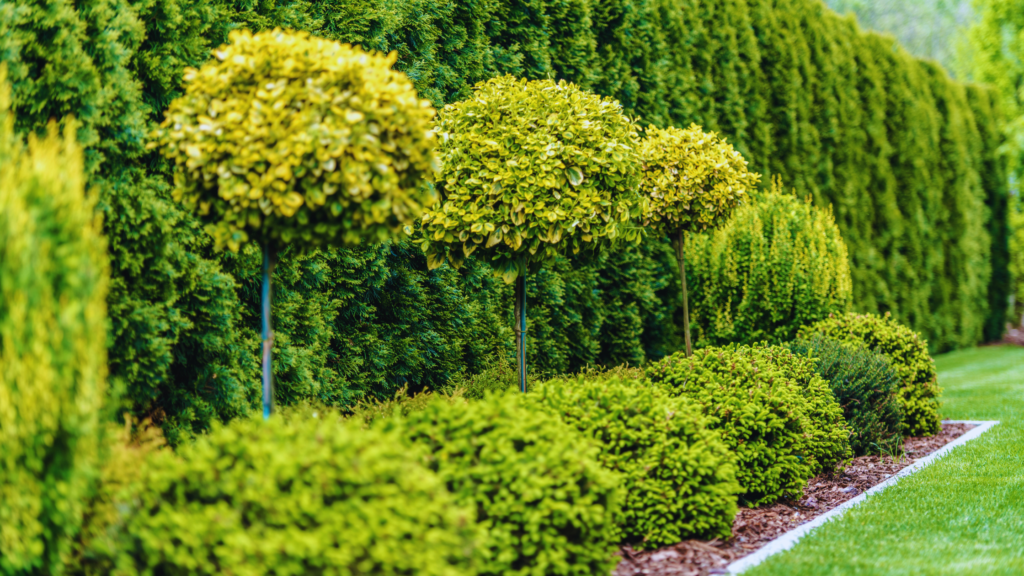
TREES:
-Prune any damaged trees but in general now is not a good time to prune most trees.
-Cut away any suckers at the base of multi-stem trees.
TURFGRASS:
-Water the lawn deeply but infrequently. A general rule is that it is better to water the lawn twice a week for 20minutes than to water everyday for five minutes. This will encourage deeper roots.
-Mow the lawn when it is dry and not wet to avoid clumps. Leave grass clippings on lawn if possible as they provide a valuable source of nutrients.
VEGETABLES + HERBS:
-Harvest summer squash daily.
-Be on the look out for pests vigilantly so you can catch any problems early. Early detection methods: spray away aphids with water, trap slugs with beer in shallow dishes and use diatomaceous earth around plants.
-Pinch tomato suckers.
-Dress vegetables with organic fertilizer ( Amazon Best Seller link: MARPHYL Organic Liquid Fertilizer – Outdoor & Indoor All-Purpose Plant Food ) as they are in full growth mode now and could use the help.
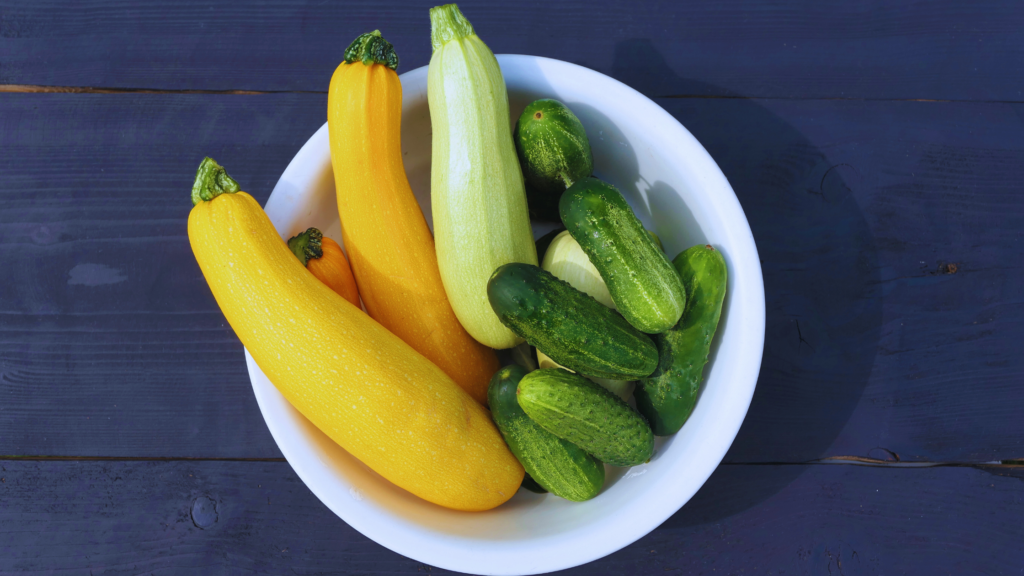
VINES:
-Mulch around any clemantis. They thrive with shaded, cool roots but full sun on foliage.
-Use deer repellent on any areas that may have been eaten.
-Thin annual vines such as Morning Glory and Hummingbird vines so they do not overtake the garden.
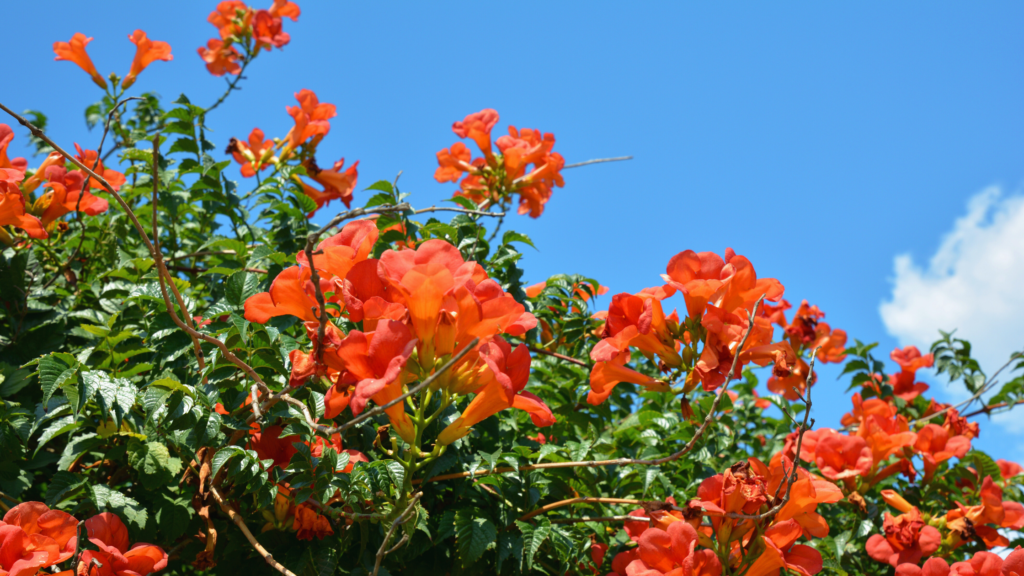
With June’s arrival, the gardening season is in full swing in the Mid-Atlantic region. By staying on top of these tasks, you’ll set your garden up for a successful and productive summer. Remember, consistent care and attention are key to a thriving garden. Enjoy the warm weather, the fresh produce, and the beautiful blooms that June brings. Happy gardening, and we’ll see you next month with more tips and tasks to keep your garden in top shape!
*This season be sure to consider using native plant species when making your gardening choices. Read more here: Embracing Native Plants: A Gardening Trend for 2024
